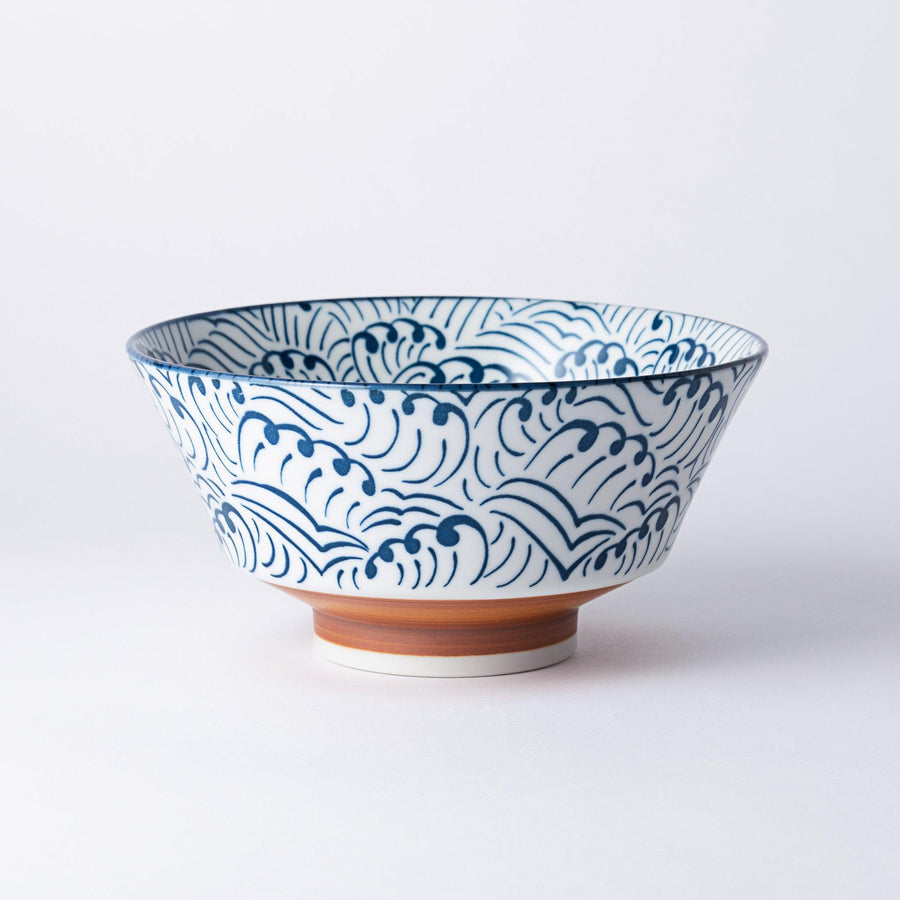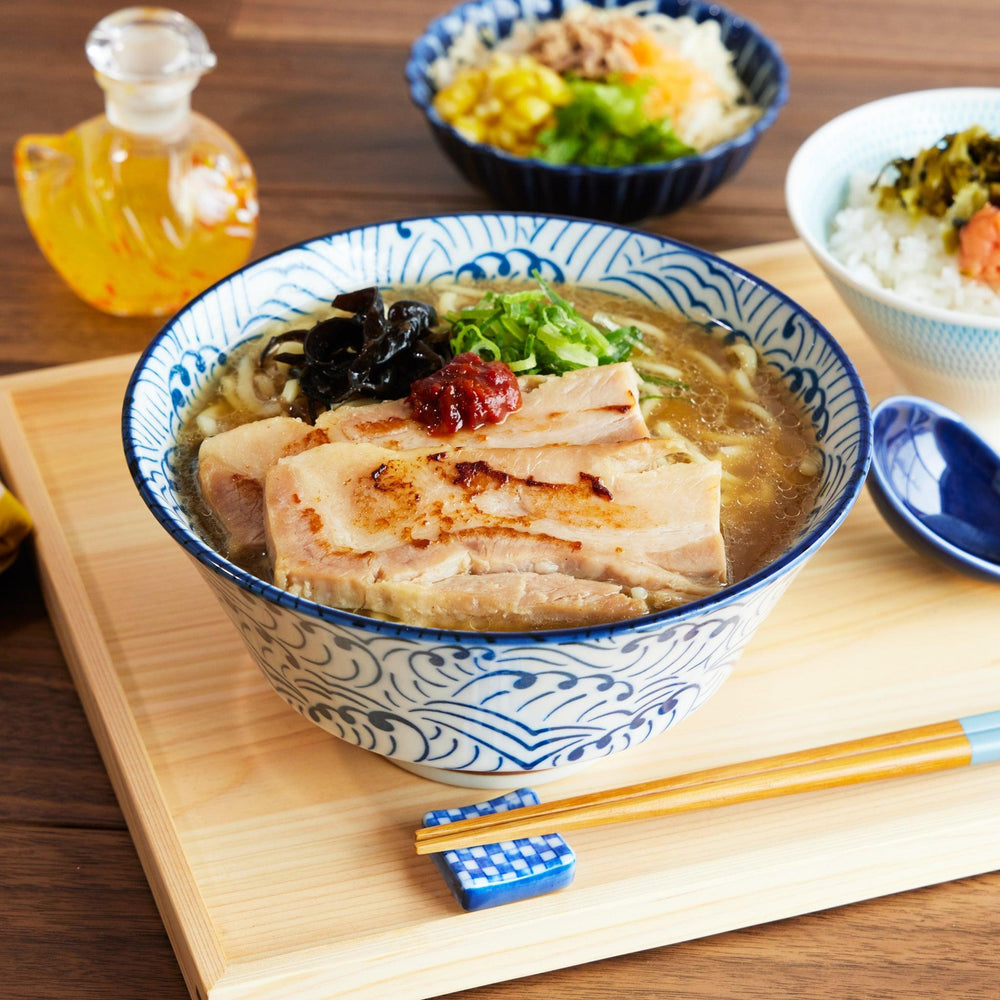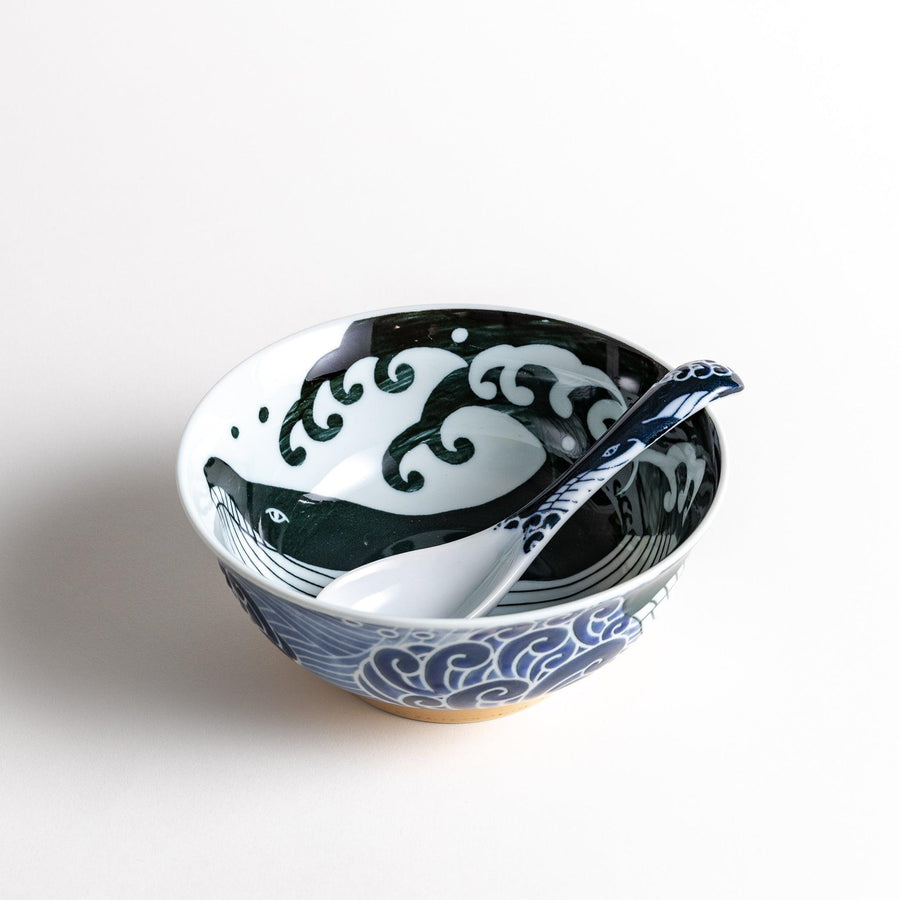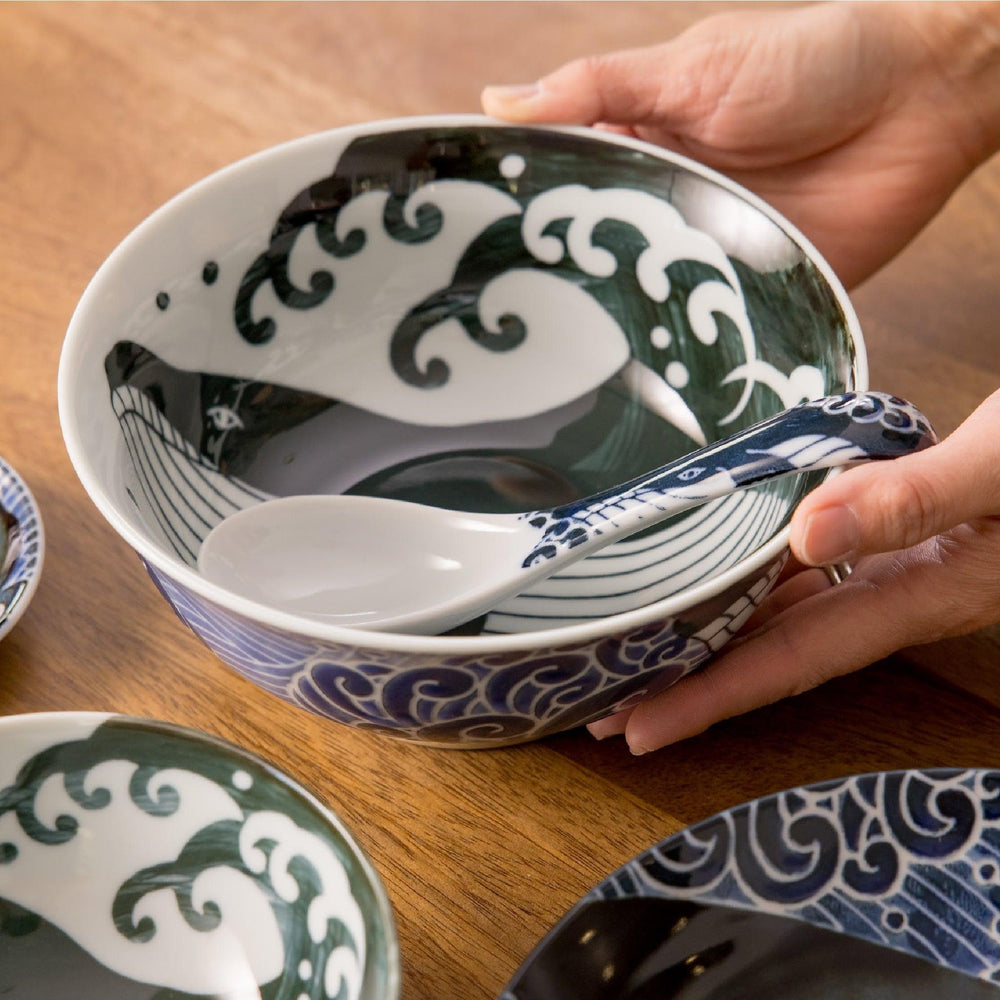Gyuto Knife: Japan’s All-Purpose Chef’s Knife

Among the many types of Japanese kitchen knives, the Gyuto knife stands out as a versatile, precision-crafted essential for both professional chefs and home cooks. Designed for slicing meat, chopping vegetables, and even filleting fish, this all-purpose knife rivals the Western chef’s knife in performance, while offering the elegance and sharpness unique to Japanese craftsmanship.
Whether you’re building your first knife collection or upgrading your go-to blade, this guide covers everything you need to know about the gyuto knife—from key features and benefits to expert tips for maintenance.

What Is a Gyuto Knife?
The Gyuto (牛刀) translates to “beef sword” and was originally developed to meet the needs of modern Japanese chefs working with Western-style cuisine. Today, it’s a multi-functional chef’s knife used for slicing, dicing, and chopping everything from meats and vegetables to herbs and fish.
With a long, slender blade and pointed tip, the gyuto excels at precision cuts. Its slightly curved belly allows for rocking motions, while the flatter heel is perfect for push-cutting or tap-chopping. Though inspired by Western knives, the gyuto is distinctly Japanese in its edge geometry and steel quality.

Key Features of a Gyuto Knife
- Blade Length: Ranges from 180mm (7 inches) to 300mm (12 inches), with 210mm and 240mm being the most popular.
- Blade Profile: A gently curved edge for rocking cuts, a sharp pointed tip for detailed work, and a flat heel for chopping.
- Edge Grind: Typically sharpened to a 15-degree angle per side—sharper than most Western knives—for ultra-fine cuts.
- Steel Type: High-carbon or stainless steel. Japanese steels are often harder, retaining sharpness longer than softer Western alloys.
- Handle Style: Available in both traditional Japanese Wa-handles (lightweight, octagonal) and Western-style handles (ergonomic and balanced).

Why Choose a Gyuto Knife Over a Western Chef’s Knife?
Here’s why the Gyuto knife is favored by chefs around the world:
- Sharper Edge: Japanese blades are sharpened at a lower angle (~15°), producing finer and cleaner cuts.
- Lighter Build: The Gyuto is generally lighter than Western chef’s knives, reducing hand fatigue during long prep sessions.
- Superior Steel Quality: Japanese high-carbon steels hold a razor-sharp edge longer and allow for precise sharpening.
- Refined Blade Shape: Ideal for precision slicing, mincing, and a range of cutting techniques—from rocking to push-cutting.

Our Featured Gyuto Knives - Nagomi Chef Knives
Nagomi Chef Knife – Professional Series
The Nagomi Gyuto Chef Knife – Professional Series is meticulously crafted in Seki City, Japan—home to centuries of legendary blade-making. Designed for serious home cooks and professional chefs, this knife balances precision, durability, and beauty in one exceptional tool.
The blade is forged from high-carbon stainless steel, offering outstanding sharpness and long-lasting edge retention. Its graceful curve supports fluid rocking motions, while the finely pointed tip gives you total control for detail work.
Nagomi Damascus Gyuto Chef Knife
The Nagomi Damascus Gyuto Chef Knife combines over 33 layers of stainless steel (VG-10) into a beautifully patterned blade. This Damascus finish is more than just aesthetic—it adds strength, durability, and corrosion resistance.
With its razor-sharp edge, balanced weight, and elegant, ergonomic handle, this knife is ideal for those who want both performance and artistry. Whether you’re finely slicing sashimi or prepping vegetables, it glides effortlessly through every cut.
Nagomi Gyuto Chef Knife
A sleek, high-performance chef’s knife designed for professionals and passionate home cooks alike, the Nagomi Gyuto Chef Knife offers exceptional control and durability. Forged from high-quality stainless steel (440A molybdenum steel), it holds a sharp edge with minimal maintenance.
The curved blade allows for smooth rocking motions, while the fine tip gives you precision for intricate slicing. Balanced, nimble, and reliable—this is the kind of knife that becomes your go-to for everything.
How to Maintain Your Gyuto Knife
To protect your investment and keep your Gyuto knife razor-sharp:
- Hand Wash Only: Never use the dishwasher. Wash with gentle soap and dry immediately.
- Proper Storage: Store in a knife block, on a magnetic strip, or inside a protective saya (wooden sheath).
- Use the Right Surface: Cut only on wood or soft plastic—never on glass or ceramic.
- Regular Honing: Use a ceramic honing rod to realign the edge between sharpening sessions.
- Sharpen with a Whetstone: Use a 1000-grit stone for sharpening and a 3000–6000 grit stone to polish and refine the edge.

FAQs about Gyuto Chef Knives
Can I use a Gyuto knife to cut meat and fish?
Absolutely. The Gyuto knife excels at cutting meat and fish, especially with its long blade and fine tip. It’s ideal for slicing raw or cooked meats, trimming fat, and even portioning fillets. However, for heavy-duty butchering (like cutting through bone), you’ll want a specialized knife such as a deba or boning knife.
What is the difference between a Gyuto and a Western chef’s knife?
The main differences are in weight, blade geometry, and steel hardness. A Gyuto knife is lighter and thinner, allowing for more precise cuts. It has a sharper edge angle (typically 15° vs. 20–22° in Western knives). Gyuto knives often use harder Japanese steel, which stays sharp longer but requires more care.
Is a Gyuto knife good for beginners?
Yes, a Gyuto knife is an excellent choice for beginners who want one high-quality, versatile blade. Its balance, sharpness, and ability to handle a wide range of ingredients make it user-friendly—even for those new to Japanese knives









